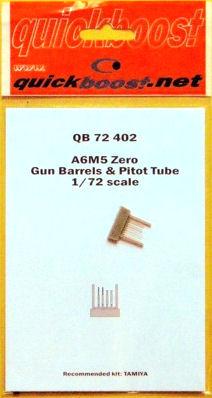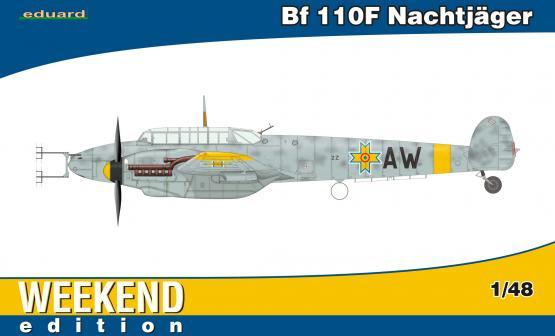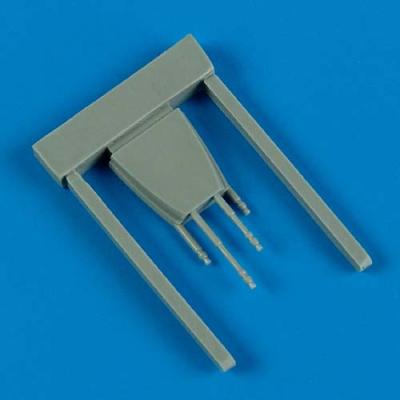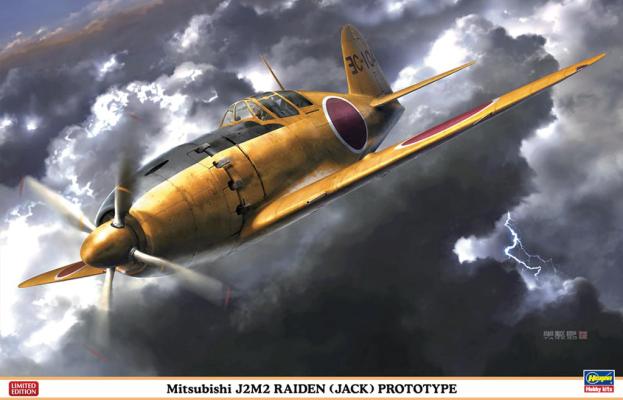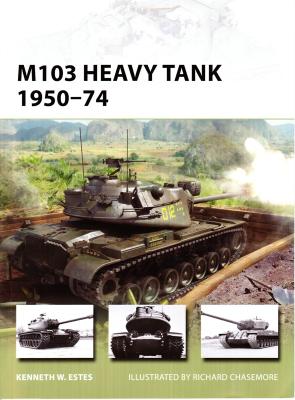Quickboost now offers model builders an aftermarket detail set that replaces the wing gun barrels and pitot tube found in Tamiya’s 1/72 A6M5 kit. The parts provide a higher level of detail and accuracy, and the gun barrels are molded with open ends. The parts are designed simply to drop-in, in place of the kit part, and provide better detail.
The parts are molded in Quickboost’s familiar resin on a small casting block with protective bars on the ends. The quality of the molding is quite flawless, with no bubbles, pinholes, or flash to deal with. A sharp #11 X-Acto blade or razor saw blade is the only tool needed to remove the parts from the casting block, and a quick swipe with a sanding stick can dress up the cut, if necessary. Because they are resin, they must be anchored with superglue or epoxy cement.
These detail parts will be a very nice addition to the 1/72 scale Tamiya 1/72 A6M5 kit. This set is highly recommended.











